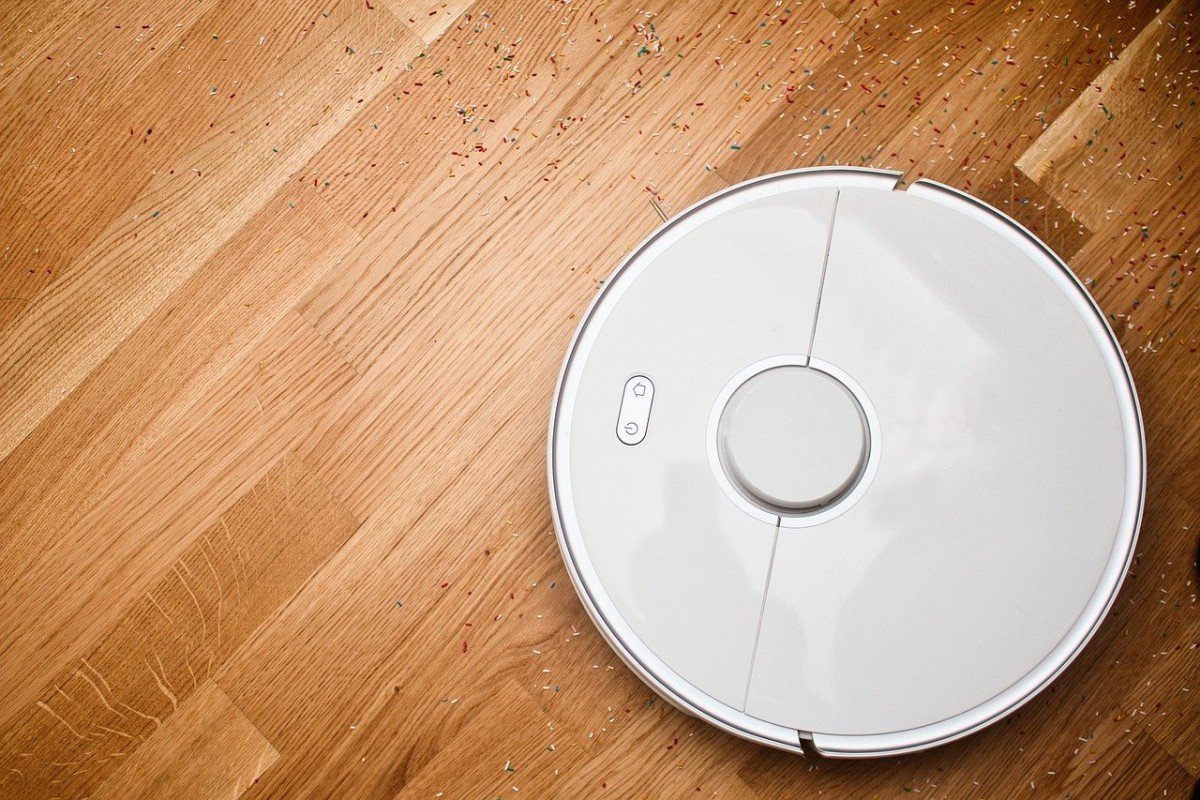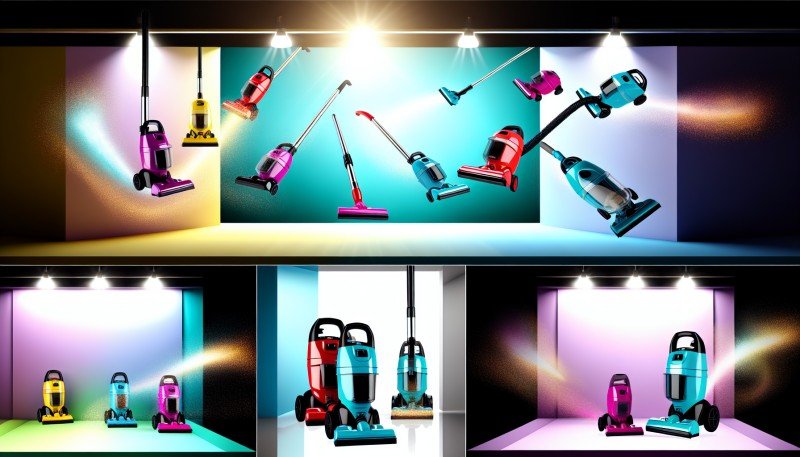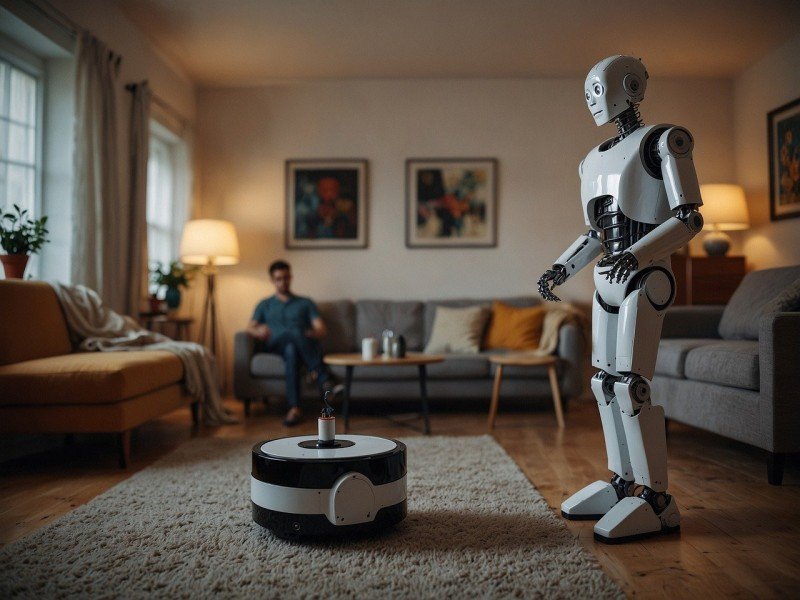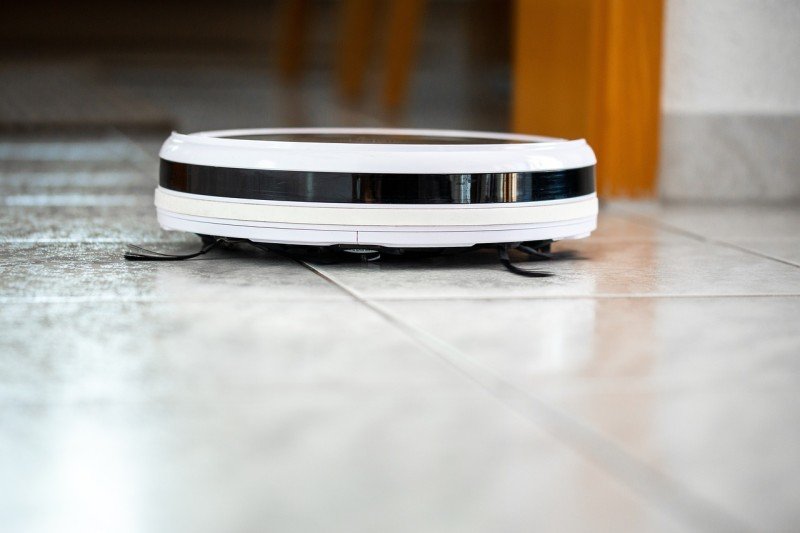When it comes to keeping your home tidy, understanding vacuum types is key. Dry vacuums are great for everyday cleaning tasks. They work best on dirt, dust, and crumbs, making them a solid choice for hard floors and low-pile carpets. Their simple design makes them easy to use, and many come with handy attachments for cleaning upholstery or tough-to-reach places.
On the flip side, dry wet vacuums are super versatile. Not only can they handle dry messes, but they also tackle spills and liquids without breaking a sweat. If you have kids or pets, this feature can be a game changer. Just imagine cleaning up a milk spill or pet accidents without the hassle of switching to a mop!
Both types of vacuums can be pretty effective, but knowing when to use each one is important. If you’re mainly dealing with dry messes, a dry vacuum will probably be your go-to. But for those homes that face frequent spills or need a bit more versatility, investing in a dry wet vacuum makes total sense.
Another thing to consider is the maintenance required. Dry vacuums usually have simpler filters, while dry wet vacuums may need a bit more attention, especially if you use them on liquids. Always check the manufacturer's instructions for care tips to keep your vacuum in top shape!
How Each Type Works for You
When diving into the world of robot vacuum cleaners, it’s essential to understand how each type works and what they bring to your cleaning routine. Let’s break it down in simple terms.
Dry Robot Vacuums
Dry robot vacuums focus on picking up dirt, dust, and debris from your floors with ease. They come equipped with spinning brushes and powerful suction to tackle everything from pet hair to crumbs. These little helpers are perfect for everyday clean-ups and stick mainly to hard surfaces like hardwood or tile. Most models run on timers, so you can set them to clean while you're out and return to freshly vacuumed floors!
Dry Wet Robot Vacuums
If you're looking for something more versatile, dry wet robot vacuums are a great choice. These models do the job of both—sweeping and mopping. They have a wet mop attachment that uses water to tackle sticky spots and grime while simultaneously vacuuming up dirt. This means you can enjoy spotless floors without lifting a finger. They’re fantastic for homes with hard floors because they ensure your space is cleaner and fresher.
Choosing between the two? Think about your cleaning needs. If you mostly need a straightforward vacuum, a dry robot is your buddy. But if you want that sparkling finish without the hassle, a dry wet robot cleaner is the way to go.
Pros and Cons of Each Option
Dry Robot Vacuums
Dry-Wet Robot Vacuums
Choosing the Right One for Your Home
When it comes to keeping your home spotless, choosing the right robot vacuum cleaner can make all the difference. If you're weighing your options between a dry or a dry wet model, it's important to understand what each one brings to the table.
A dry robot vacuum is perfect for those who mainly deal with dust and dirt. These vacuums are designed to pick up hair, crumbs, and other debris from your floors. They’re generally lightweight and easy to navigate, making them a great choice for quick clean-ups. If you have mostly hard floors or low-pile carpets, a dry model will tick all the boxes.
On the flip side, a dry wet robot vacuum is your go-to if you want a little extra cleaning power. These machines not only vacuum but also mop your floors, which can be a game changer for homes with sticky messes or stains. If you’ve got kids or pets, a dry wet model can save you time and effort by tackling both dry and wet spills in one go.
Before making your decision, consider factors like your home’s flooring, the types of messes you typically deal with, and how much maintenance you're willing to handle. A dry vacuum might be all you need if your home is pretty low-key, while a dry wet model could be worth the investment if you often find yourself dealing with messes that need that extra scrubbing action.



